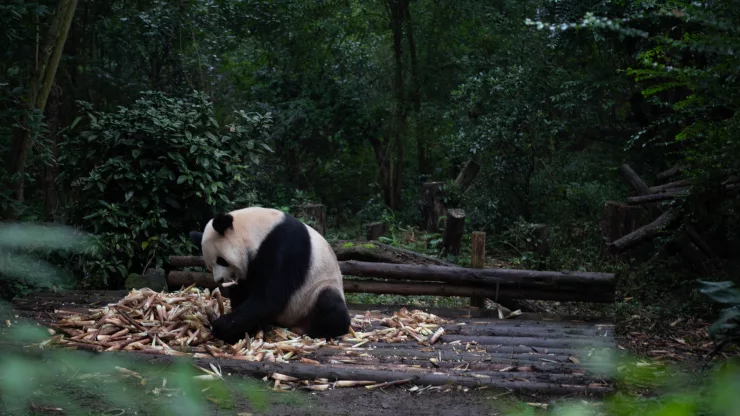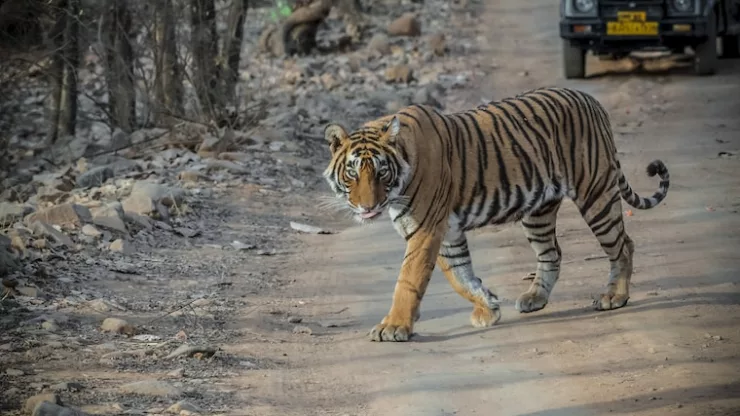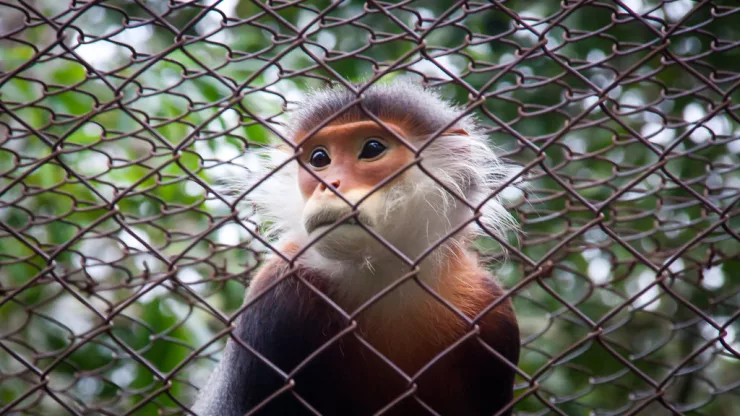Jump to Section
Discover the Sichuan Giant Panda Sanctuaries
China’s Sichuan Giant Panda Sanctuaries are a remarkable sight.
Located in the Sichuan province of China, the sanctuaries are home to one of the world’s most beloved creatures, the giant panda.
However, the sanctuaries are not just about pandas, but also about the diverse wildlife that call this place their home.
The sanctuaries are also a haven for nature lovers and those who want to explore the hidden gems of China.
An Enchanting Home to Diverse Wildlife
The Sichuan Giant Panda Sanctuaries are a UNESCO World Heritage Site and an important conservation area for the giant panda.
The sanctuaries cover an area of 9245 square kilometers, which includes seven nature reserves and nine scenic parks.
The sanctuaries are not only home to the giant panda but also to other wildlife that live in the region, such as the red panda, snow leopard, and Takin.
The giant panda is the most iconic animal in the sanctuaries, and it is the primary reason why people visit this place.
The giant panda is a fascinating creature, and it is one of the rarest animals in the world.
The sanctuaries are home to over 30% of the world’s giant panda population. Visitors can see the giant pandas in their natural habitat, playing, eating bamboo, and sleeping.
The sanctuaries also have giant panda breeding centers, where visitors can learn about the conservation efforts to protect this species.
Meet the Other Animals of the Sanctuaries
The Sichuan Giant Panda Sanctuaries are not just about the giant panda, but also about the other animals that live in the region.
The sanctuaries are home to over 6,000 species of flora and fauna, and it is one of the most biodiverse regions in the world.
Visitors can see other animals such as the golden snub-nosed monkey, the Tibetan macaque, and the musk deer. The sanctuaries are also home to over 300 species of birds, including the golden pheasant and the Sichuan partridge.
Visitors can also explore the scenic parks and enjoy the natural beauty of the region.
The Jiuzhaigou National Park is one of the most popular parks in the sanctuaries.
The park is known for its crystal-clear lakes, waterfalls, and colorful forests. The Huanglong National Park is another park that visitors should not miss.
The park is famous for its limestone formations and colorful pools.
A Journey through the Hidden Gems of China
The Sichuan Giant Panda Sanctuaries are one of the hidden gems of China.
The sanctuaries offer visitors a unique opportunity to see one of the rarest animals in the world in its natural habitat.
The sanctuaries are also a haven for nature lovers and those who want to explore the hidden gems of China.
Visitors can explore the scenic parks, see other wildlife, and enjoy the natural beauty of the region.
If you are planning to visit the Sichuan Giant Panda Sanctuaries, it is best to visit between March and May or September and November.
The weather during these months is pleasant, and the vegetation is at its best.
Visitors should also book their accommodations in advance, as the sanctuaries are a popular tourist destination.
===FAQ
What is the best time to visit the Sichuan Giant Panda Sanctuaries?
The best time to visit the Sichuan Giant Panda Sanctuaries is between March and May or September and November.
The weather during these months is pleasant, and the vegetation is at its best.
What animals can be seen in the Sichuan Giant Panda Sanctuaries?
Apart from the giant panda, visitors can see other animals such as the red panda, snow leopard, Takin, golden snub-nosed monkey, Tibetan macaque, and musk deer.
The sanctuaries are also home to over 300 species of birds.
What are the popular parks in the Sichuan Giant Panda Sanctuaries?
The Jiuzhaigou National Park and Huanglong National Park are the most popular parks in the Sichuan Giant Panda Sanctuaries.
Jiuzhaigou is known for its crystal-clear lakes, waterfalls, and colorful forests, while Huanglong is famous for its limestone formations and colorful pools.
I’m a nature enthusiast and creator of Metro Wilds and have spent years exploring the great outdoors.
With a passion for environmental conservation and sustainability, I have dedicated my career to writing about the beauty and wonders of nature, as well as the threats facing our planet.
Contact me at [email protected] for assistance.





